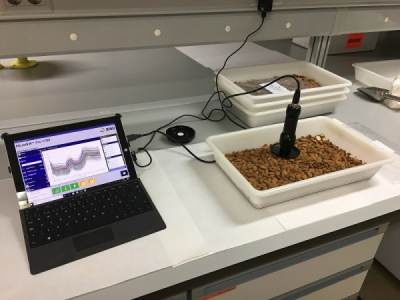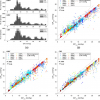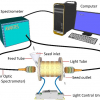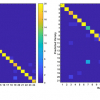
Almonds are a widely consumed nut around the world. However, they can sometimes suffer, or rather those who eat them can suffer, from a bitter aftertaste. This is due to amygdalin, a diglycose that, in contact with enzymes present in saliva, is broken down into glucose, benzaldehyde (responsible for the bitter taste) and hydrocyan acid. To reduce this unpleasant surprise, the research groups of Agroganadero Systems Engineering and Food Technology at the University of Córdoba, with the collaboration of the Alameda del Obispo Center of the Institute of Agricultural and Fisheries Research and Training of Andalusia (IFAPA), have developed a method capable of predicting the levels of amygdalin present in the fruits analysed with and without shells, and to correctly classify sweet and bitter almonds on an industrial scale, something that to date had only been achieved in peeled fruits, in individual or ground grains.
The new system uses portable near infrared (NIR) spectroscopy instrumentation capable of analysing large quantities of product onsite in real time. “It is of great interest to the agri-food sector”, explains Professor Dolores Pérez Marín, because although the bitterness of almonds in nature can prevent predators from eating the seeds of certain varieties, on an industrial scale it offers no advantages and many drawbacks: an unpleasant taste, product depreciation and potential food security problems if the bitter fruit is consumed on a large scale.
The use of NIR spectroscopy is also useful in the early detection of potential fraud and in food authentication. For this reason, the team has launched another research project aimed at detecting batches of sweet almonds adulterated with bitter almonds and in which almost 90 % of fraudulent items have been identified. The system tested in this work, explains Professor María Teresa Sánchez Pineda de las Infantas, another of the authors of the research “can be implemented throughout the value chain, including the reception, processing and shipping of products, and established as a fast and cost-effective anti-fraud early warning method”.
















